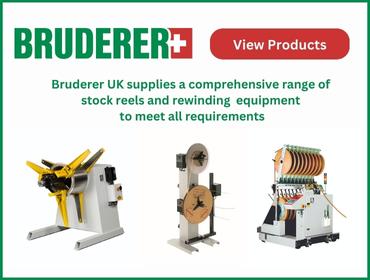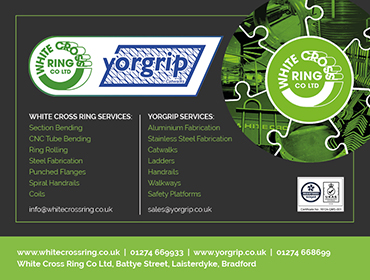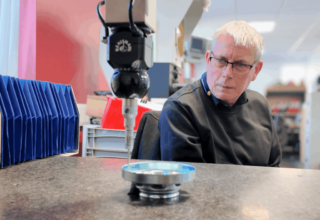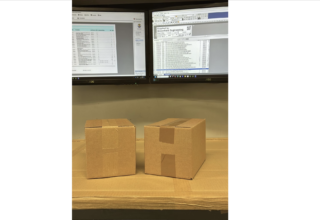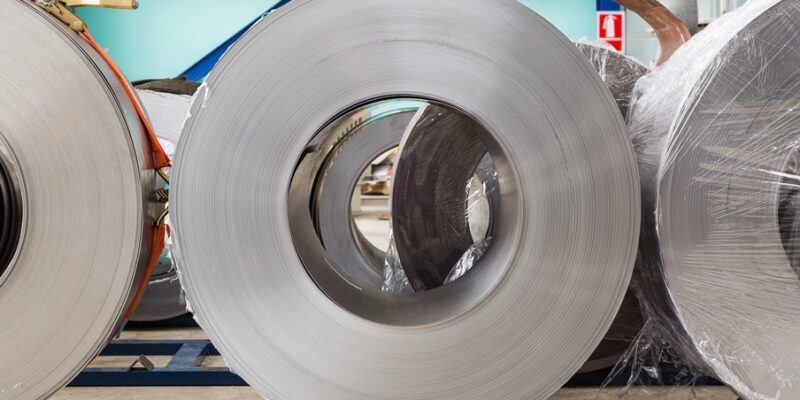
BIM, also known as ‘Building Information Model’, is fast becoming a necessity in the fabrication sector. What is BIM, and why is it so important?
BIM, as it unfolds, is about creating a digital representation of the sheet metal project using 3D models, combining all elements, processes, and information to enable all contributors, including fabricators, to monitor the construction project throughout all manufacturing stages.
Morfab works with designers, architects, and project managers to deliver steel fabrication projects in a timely manner, where full transparency is provided to all contributors throughout.
BIM definition
BIM needs to support the free exchange of data with other applications. Ultimately, BIM must help people to collaborate better.
By putting in place a BIM, you will be providing an outline and representation of the design intent of the sheet metal project, where you will be able to see the end product before you jump into full-scale production.
Everything is also outlined from the start, so everyone is clear about what is going on, the materials used, the processes utilised, and the timescales.
There is no set definitive description of what should be included in the BIM. However, it can include the shapes and patterns of the sheet metal, costings, staff working on the project, the materials to be used, any required changes, maintenance requirements, project phases, revisions, and more.
In effect, a shared database that looks at materials, product types, weights, etc.
LOD = level of detail included in the BIM model. LOD is the amount of information included and is scored from LOD 100 to LOD 500.
The standard ranking for information in a BIM model for steel fabrication is LOD400, where the detail included is down to the nuts and bolts, meaning it is ready for fabrication and construction.
3D BIM in steel construction
The importance of BIM and the benefits it provides include:
- It supports the precise utilisation of materials, leading to less waste – both a cost and resource advantage.
- It enables better scheduling and planning, as all stages are accounted for, and all teams can contribute to the process.
- BIMs are now becoming a vital document and a requirement for public tenders.
- It can improve communication between parties, which can be vital in ensuring the end product is right.
- You’re able to detect errors sooner as the 3D BIM highlights any flaws or changes that need to be made.
- It can help you to avoid additional work, again saving time and considerable resources.
- It helps with the visualisation of the end product.
- It helps with more informed decision-making, improving pricing, planning, better coordination, and faster completion of projects.
- It saves time and money as everything is ironed out in these preliminary stages.
- There are no surprises along the production and processing route.
- It can be key to completing projects on time and within budget.
Although there are many advantages, there are also some challenges to be aware of when introducing and working with BIM models.
For example:
- BIM requires a high initial investment
- Not everyone knows the BIM model, so training may need to be provided
- People, by nature, are often resistant to change, so you may need to gain buy-in
- Depending on the fabrication partner you work with, there may be compatibility issues
- Depending on the size of the project, it may be hard to manage the data
- The volume of data and changes at each stage can be significant, leading to more errors and inefficiencies
- As BIM is a relatively new concept, it is sometimes not applied correctly
- People like to protect their data, so we often find that not all information is shared or shared in the correct way.
SHEET METAL FABRICATION
The BIM models appear to be growing at a significant rate, and we believe that BIM will eventually replace standard contract documents in the near future as more contractors seek to streamline workflows and reduce errors and waste by replacing vague contracts with detailed information.
We also understand that supply chains aren’t well-coordinated currently. Could BIM be the solution?
Where the focus is on collaboration, with everyone understanding what is going on and their role in the process as all parties have access to this 3D model and they work together to achieve its outcomes successfully.
Precision sheet metal fabricators
More and more public tenders require BIM as a standard as they aim to have all the information relating to sheet metal fabrication in one application.
From the concept stage and expanding this out during each phase going forward, BIMs are centred around the 3D model.




